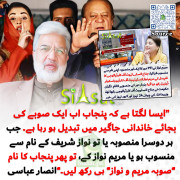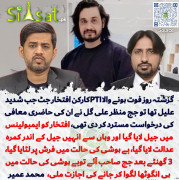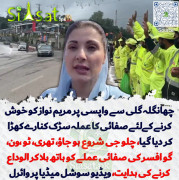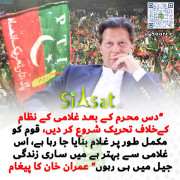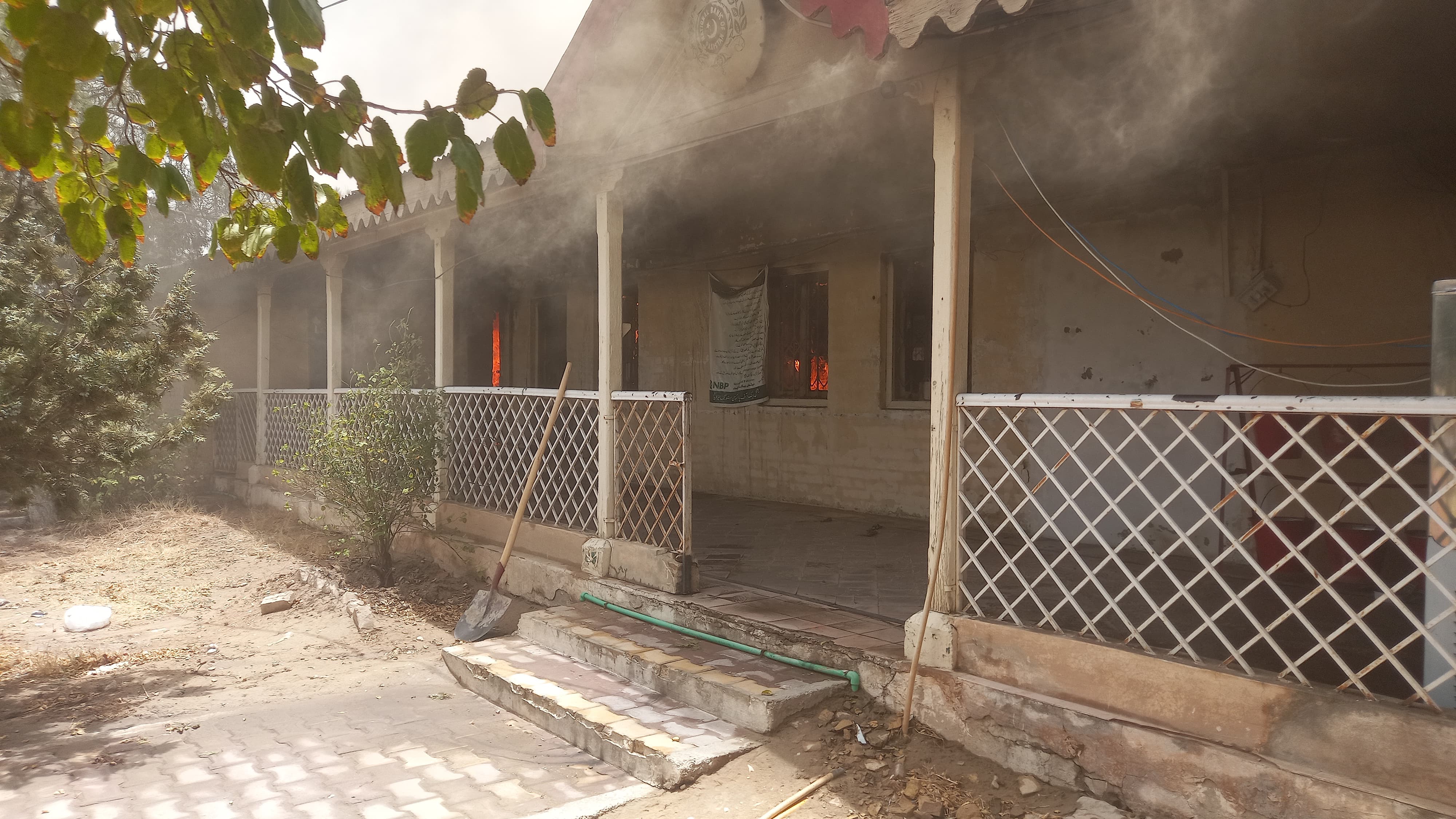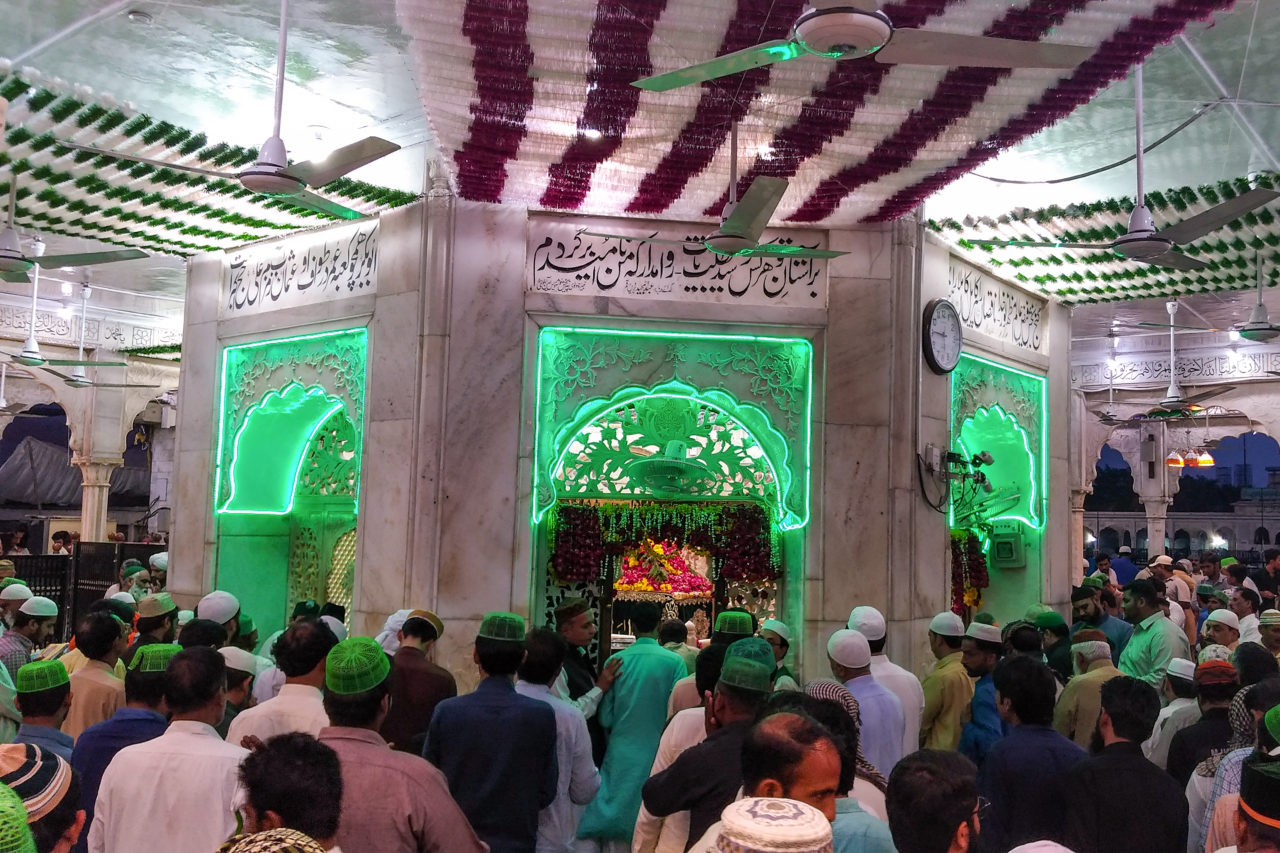Doctorplato
Councller (250+ posts)
"Islam created Pakistan, but it now divides Pakistan. Fuelled by ideological passions, diverse social and religious Muslim forma­tions have developed in different parts of the country. They often have divergent goals, and are often pathologically violent. Some target the American empire, and are hence attractive for Al Qaida type groups. Others have less ambitious goals. Several focus on “liberating” Kashmir. Still others, such as Lashkar-i-Jhangvi and Sipah-e-Sa­haba, would like to eliminate Pakistani Shias. The Khatm-e-Nabuhat declares that it will physically exterminate the Qadi­anis, a sect that it considers heretical.Pakistan’s Christian, Hindu, and other re­ligious minorities cower in fear. The rich among them have mostly fled the country.
Since the early 1980s crusade against Soviet Russia,Pakistanhas morphed into a central hub attracting a multitude of Islamists from Europe to west and central Asia to Indonesia. But Jihadistan is now a hugely messy place, not the bastion of anti-communism and anti-atheism that it once was. Even those workers who helped to create it – like the famous Colonel Imam and Major Khalid Khwaja – ended up los­ing their lives.
Religion deeply divides the Pakistan military. Perhaps it might be more accu­rate to think of it as two militaries. The first is headed by General Kayani. It seeks to maintain the status quo and the army’s pre-eminence in making national deci­sions. The second is Allah’s army. This awaits a leader even as it launches attacks on Pakistani military installations, bases, top-level officers, soldiers, public places, mosques, and police stations. Soldiers have been encouraged to turn their guns on to their colleagues, troops have been tricked into ambushes, and high-level officers have been assassinated. Allah’s army hopes to launch its final blitzkrieg once the state of Pakistan has been sufficiently weakened by such attacks.
What separates Army-One and ISI-One from Army-Two and ISI-Two? This may not be immediately evident. Both were reared on the Two-Nation Theory, the belief of Mohammed Ali Jinnah, that Hindus and Muslims could never live together in peace. Both are thoroughly steeped in anti- Indianism since their early days in army cadet colleges at Petaro and Hasan Abdal. They also share a deep-rooted contempt for Pakistani civilians. This attitude has resulted in roughly half of Pakistan’s his­tory being that of direct military rule.
Still, they are not the same. The One’ers are “soft Islamists” who are satisfied with a fuzzy belief that Islam provides solutions to everything, that occasional prayers and ritual fasting in Ramzan is sufficient, and that Sufis and Shias are bona fide Muslims rather than mushriks or apostates. They are not particularly interested in defend­ing the Sunni states of Saudi Arabia, Bah­rain, or the Gulf Cooperation Council (GCC). But should a lucrative overseas posting come the way of an individual sol­dier or officer, well, that may be another matter. While having a dislike of US poli­cies, they are not militantly anti-US.
Army-Two and ISI-Two, on the other hand, are soldier ideologues who have travelled further down the road of Islamism. Large numbers of them regular­ly travel to Raiwind, the headquarters of the Tablighi Jamaat, a supposedly non-political religious organisation which has a global proselytising mission and whose preachers are allowed open access into the army. The Two’ers are stricter in mat­ters of religious rituals, they insist that officers and their wives be segregated at army functions. They keep an eye out for officers who secretly drink alcohol, and how often they pray. Their political phi­losophy is that Islam and the State should be inseparable. Inspired by Maulana Abul Ala Maududi, who preached that seventh century Arab Islam provides a complete blueprint for society and politics, they see capturing state power as a means towards creating the ideal society along the lines of the medieval Medina state. Many Two’ers are beardless, hence hard to de­tect. They are fundamentally anti-science but computer savvy. For them, modern technology is a tool of battle.
Like the proverbial ostrich, the One’ers fiercely defend the myth of army unity. They dismiss mutineers as isolated indi­viduals. Mumtaz Qadri, the renegade bodyguard who murdered Punjab Gover­nor Salman Taseer out of religious passion, is an inconvenient aberration to be dis­missed from consideration. Today’s reli­gious terrorism is trivialised as a passing threat notwithstanding the fact that it has claimed more Pakistani lives than lost in all wars with India. Instead, anger is reserved for those who state the obvious truth that Pakistan is in a state of civil war.
An outstanding investigative journalist, Saleem Shahzad, who revealed the exist­ence of Al Qaida groupings within the Paki­stan Navy after the Mehran base attack in the first part of an Asia Times article series, provides a tragic example. The part-two of his series was never published because it had promised to reveal similar cells in the army and air force. Shahzad was tortured and kicked to death after being abducted from one of the most secure parts of Islam­abad. His mobile phone records are said to be untraceable, and tapes of closed circuit cameras around the abduction area went mysteriously missing. If true, then his mur­der could not be the work of hunted organi­sations like the Pakistani Taliban or Al Qaida. But was it ISI-One or ISI-Two? Or some still more deeply hidden military agency? The truth may never be known." Pervez Hoodbhoy
http://mintopark.com/2011/07/08/pakistanarmy/
Since the early 1980s crusade against Soviet Russia,Pakistanhas morphed into a central hub attracting a multitude of Islamists from Europe to west and central Asia to Indonesia. But Jihadistan is now a hugely messy place, not the bastion of anti-communism and anti-atheism that it once was. Even those workers who helped to create it – like the famous Colonel Imam and Major Khalid Khwaja – ended up los­ing their lives.
Religion deeply divides the Pakistan military. Perhaps it might be more accu­rate to think of it as two militaries. The first is headed by General Kayani. It seeks to maintain the status quo and the army’s pre-eminence in making national deci­sions. The second is Allah’s army. This awaits a leader even as it launches attacks on Pakistani military installations, bases, top-level officers, soldiers, public places, mosques, and police stations. Soldiers have been encouraged to turn their guns on to their colleagues, troops have been tricked into ambushes, and high-level officers have been assassinated. Allah’s army hopes to launch its final blitzkrieg once the state of Pakistan has been sufficiently weakened by such attacks.
What separates Army-One and ISI-One from Army-Two and ISI-Two? This may not be immediately evident. Both were reared on the Two-Nation Theory, the belief of Mohammed Ali Jinnah, that Hindus and Muslims could never live together in peace. Both are thoroughly steeped in anti- Indianism since their early days in army cadet colleges at Petaro and Hasan Abdal. They also share a deep-rooted contempt for Pakistani civilians. This attitude has resulted in roughly half of Pakistan’s his­tory being that of direct military rule.
Still, they are not the same. The One’ers are “soft Islamists” who are satisfied with a fuzzy belief that Islam provides solutions to everything, that occasional prayers and ritual fasting in Ramzan is sufficient, and that Sufis and Shias are bona fide Muslims rather than mushriks or apostates. They are not particularly interested in defend­ing the Sunni states of Saudi Arabia, Bah­rain, or the Gulf Cooperation Council (GCC). But should a lucrative overseas posting come the way of an individual sol­dier or officer, well, that may be another matter. While having a dislike of US poli­cies, they are not militantly anti-US.
Army-Two and ISI-Two, on the other hand, are soldier ideologues who have travelled further down the road of Islamism. Large numbers of them regular­ly travel to Raiwind, the headquarters of the Tablighi Jamaat, a supposedly non-political religious organisation which has a global proselytising mission and whose preachers are allowed open access into the army. The Two’ers are stricter in mat­ters of religious rituals, they insist that officers and their wives be segregated at army functions. They keep an eye out for officers who secretly drink alcohol, and how often they pray. Their political phi­losophy is that Islam and the State should be inseparable. Inspired by Maulana Abul Ala Maududi, who preached that seventh century Arab Islam provides a complete blueprint for society and politics, they see capturing state power as a means towards creating the ideal society along the lines of the medieval Medina state. Many Two’ers are beardless, hence hard to de­tect. They are fundamentally anti-science but computer savvy. For them, modern technology is a tool of battle.
Like the proverbial ostrich, the One’ers fiercely defend the myth of army unity. They dismiss mutineers as isolated indi­viduals. Mumtaz Qadri, the renegade bodyguard who murdered Punjab Gover­nor Salman Taseer out of religious passion, is an inconvenient aberration to be dis­missed from consideration. Today’s reli­gious terrorism is trivialised as a passing threat notwithstanding the fact that it has claimed more Pakistani lives than lost in all wars with India. Instead, anger is reserved for those who state the obvious truth that Pakistan is in a state of civil war.
An outstanding investigative journalist, Saleem Shahzad, who revealed the exist­ence of Al Qaida groupings within the Paki­stan Navy after the Mehran base attack in the first part of an Asia Times article series, provides a tragic example. The part-two of his series was never published because it had promised to reveal similar cells in the army and air force. Shahzad was tortured and kicked to death after being abducted from one of the most secure parts of Islam­abad. His mobile phone records are said to be untraceable, and tapes of closed circuit cameras around the abduction area went mysteriously missing. If true, then his mur­der could not be the work of hunted organi­sations like the Pakistani Taliban or Al Qaida. But was it ISI-One or ISI-Two? Or some still more deeply hidden military agency? The truth may never be known." Pervez Hoodbhoy
http://mintopark.com/2011/07/08/pakistanarmy/
Last edited:


